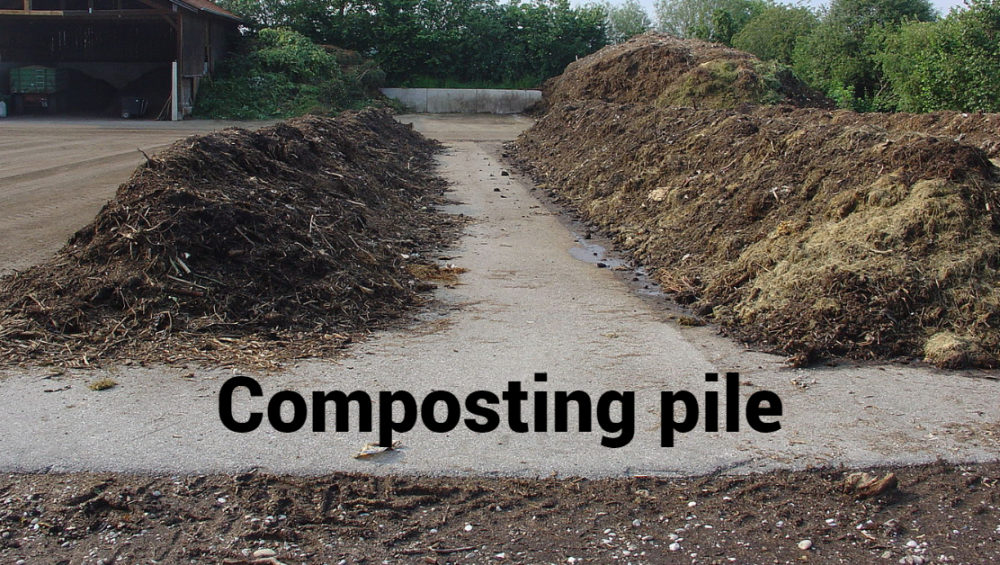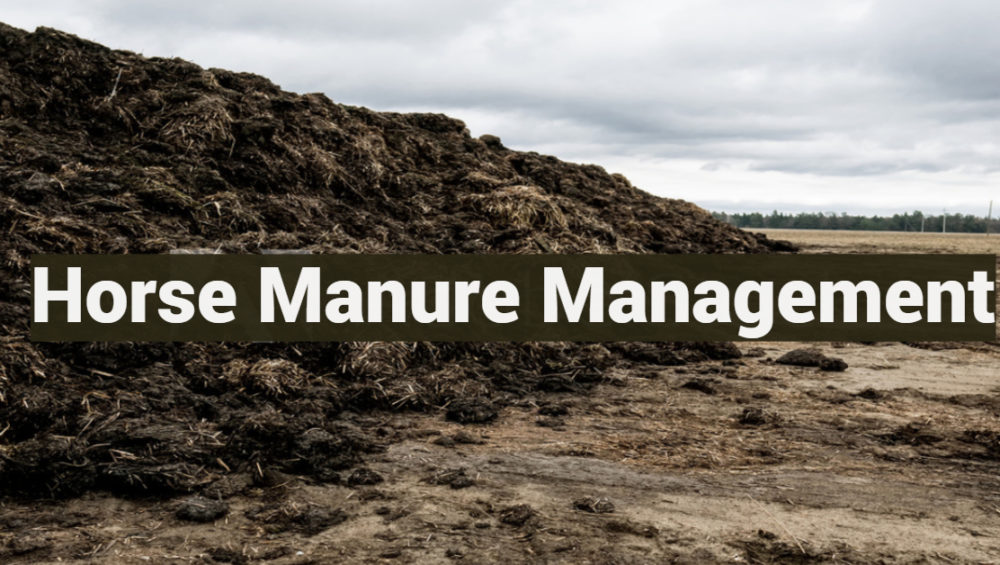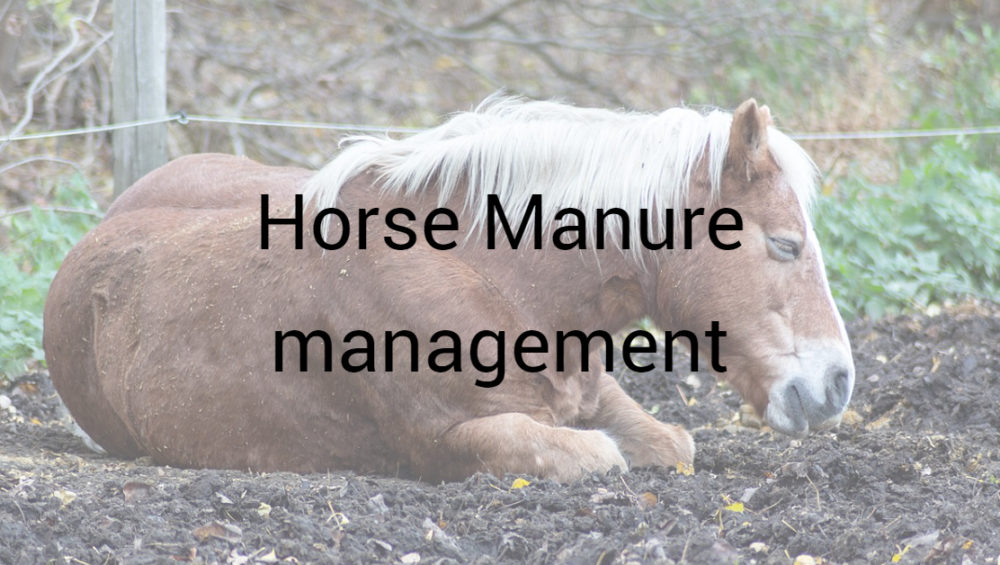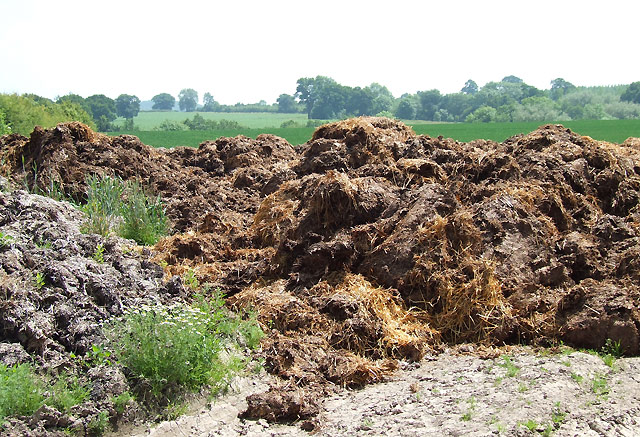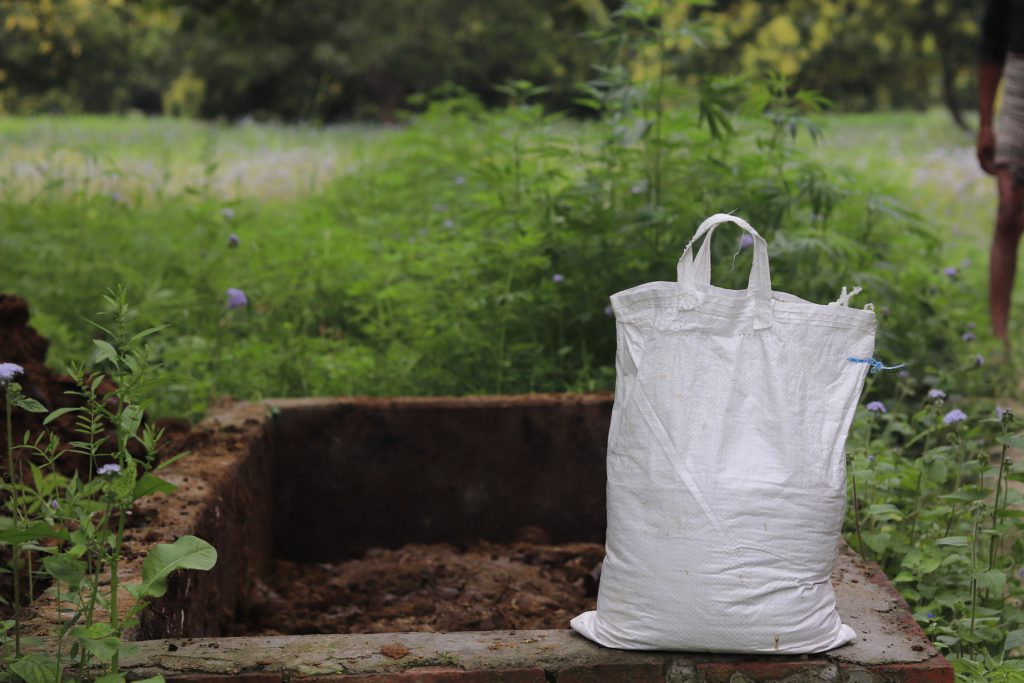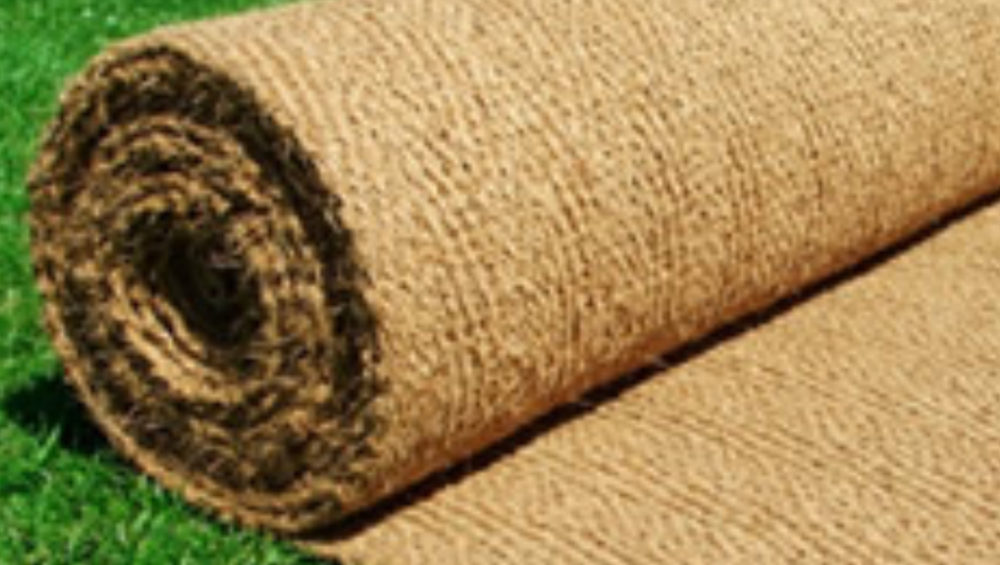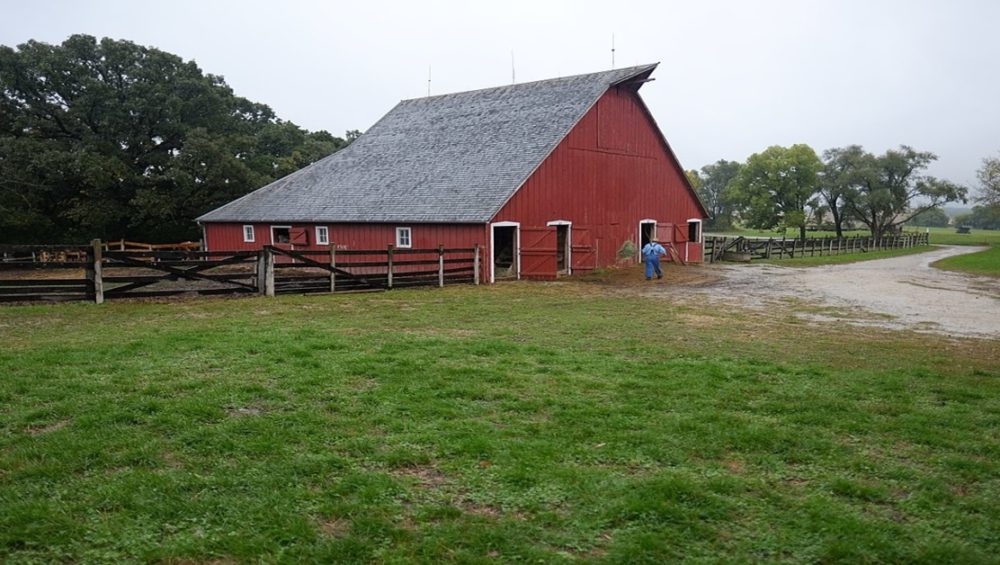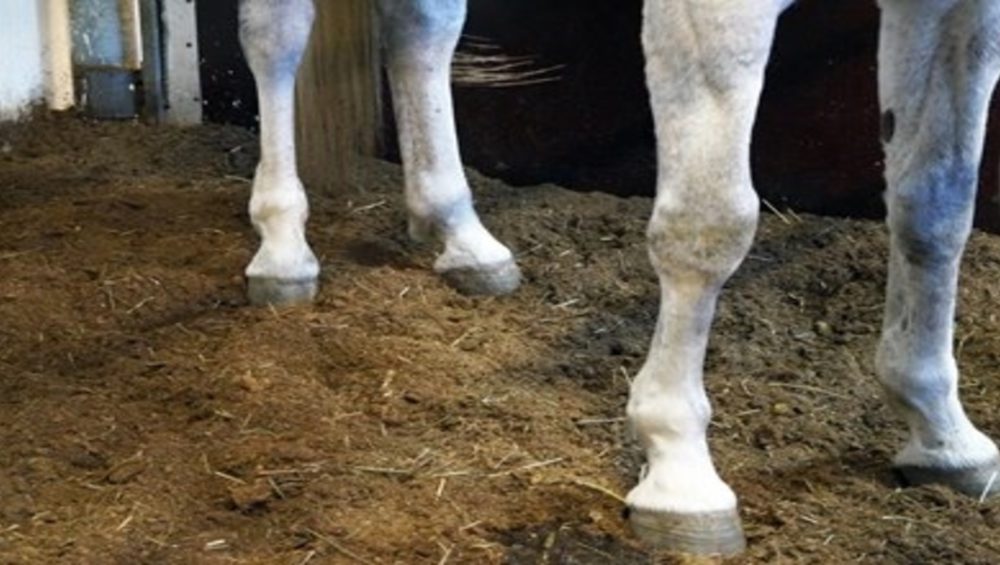We usually regard the well being of our pets in all aspects, including their feeds, health, rest but sometimes we unknowingly disregard the fact that pets are by fact animals that prefer natural surroundings rather than our superficial arrangements like artificial plaything, cushion beds and more.
Creating natural-safe environments is the foremost thing you do for your pets, and choosing a safer-healthier-organic bedding ranks first in it.
Reptile pets seek more natural habitat for themselves than any other pets. Most of the reptiles prefer beddings of nesting material and fluffy under foot in terrariums.
Reptiles appreciate a warm and mild humidity living environment the most. And choosing a bedding with the right attribute will make a bigger impact on their daily well-being and as well their lifespan.
Variety of Reptile bedding choices on stores are,
Bark Blends
The bark blends are perfect enough to encourage the burrowing nature of reptiles. It promotes free movement of air and retaining moisture, which is essential for pet’s habitats. Bark blends eliminate insects and pests, being more absorbent and maintain humidity inside out.
Benefits:
· Promotes heat transfer and regualtes moisture inside the enclosure,
· 100% organic, made out of natural bark,
· Easy to eliminate pests,
· Ideal bedding depth of about 1 to 2 inches, remove-replace bedding whenever needed,
· Ideal for chameleons, frogs, snakes, skinks and rainforest geckos.
Coarse Blends
These coarse blend bedding are 100 % natural walnut shell grounds. Light-weighted, non-abrasive, gives off a smooth texture. This kind of blend acts as an excellent heat conduction substrate and is suitable for desert reptiles.
Benefits:
· Grounded walnut shells replicate best desert environment,
· Non-abrasive unlike sand,
· Stimulates natural digging and burrowing behaviour,
· Ideal bedding depth of about 1 to 2 inches, remove-replace bedding monthly,
· Ideal for desert dwelling reptiles such as: adult bearded dragons, monitors and desert skinks.
Fine Blends
A fine blend for snakes and lizards are absolutely soft textured and chosen by professional herpetologists. The fully processed fine blended chips are ultra absorbent and hypo allergen that are 100% safe and natural.
Benefits:
· Recommended grade for snakes and lizards,
· Soft and smooth texture,
· Hypo-allergenic, and are safe and natural,
· User-friendly-easy to clean and use,
· Ideal for snakes, monitors, skinks and geckos.
Coconut Husk
A 100% natural, organic compressed coco coir pith that expands 10x times when hydrated. It makes up an ideal environment for reptiles for laying eggs and encourages burrowing. It maintains humid temperatures, regulates air in and out, and retains moisture longer than others.
Benefits:
· 100% natural, organic, made of coconut fiber,
· Highly absorbent, retains moisture longer and expands upto 10x times of its volume,
· Keeps terrarium humid and provides superior aeration,
· Ideal bedding depth of about 1 to 2 inches, remove-replace bedding whenever needed,
· Ideal for chameleons, rainforest geckos, frogs, toads and egg incubation.
Terrarium Liners
A roll down carpet, specially designed to lay inside the enclosure/terrarium. Made out of highly absorbent, non-abrasive material which is soft to pet’s feet. Treated with biodegradable enzymes to keep reptiles in check. And a reusable one. You can cut and adjust to the size of your enclosure and it is safe even if the reptiles ingest the liners.
Benefits:
· Requires less maintenance, cut to the size of your need,
· Safe even the reptiles ingested them, a good alternative especially for juvenile reptiles,
· Treated to reduce odours,
· Easy to clean, non-abrasive material that is soft to feet of reptiles,
With these as said, we hope all our fellow reptile pet lovers enjoyed reading an optimal bedding choices for your beloved pets ????
Please feel free to leave us comments, suggestion and cues on interested topics you wanna read.




